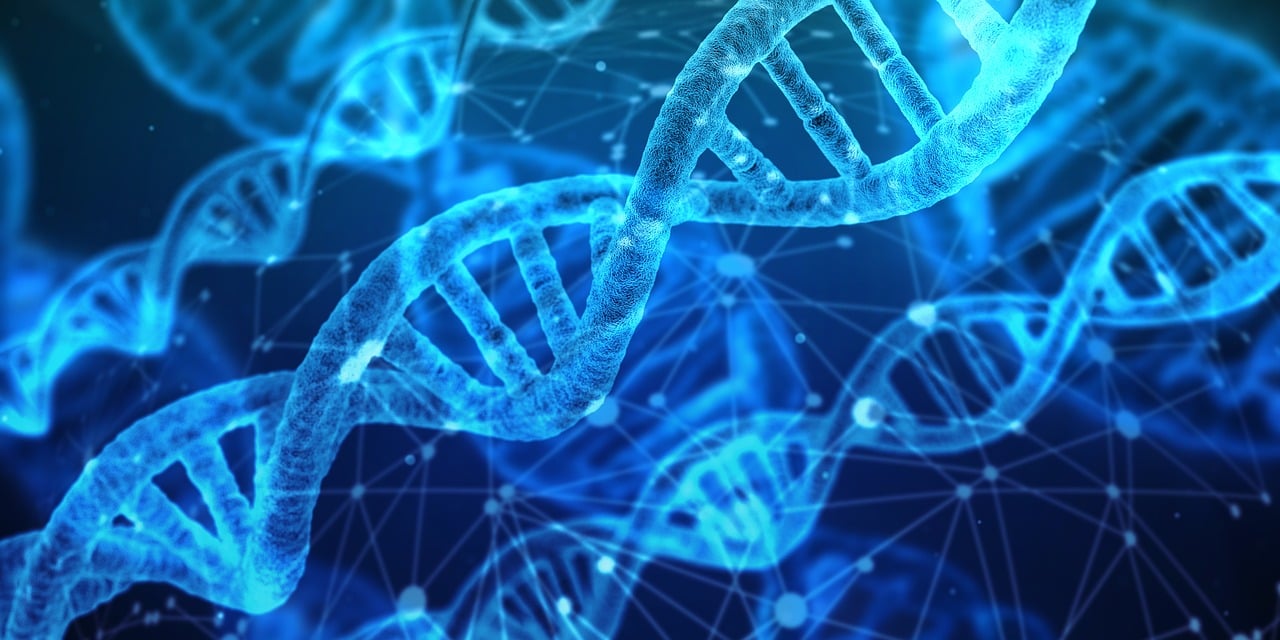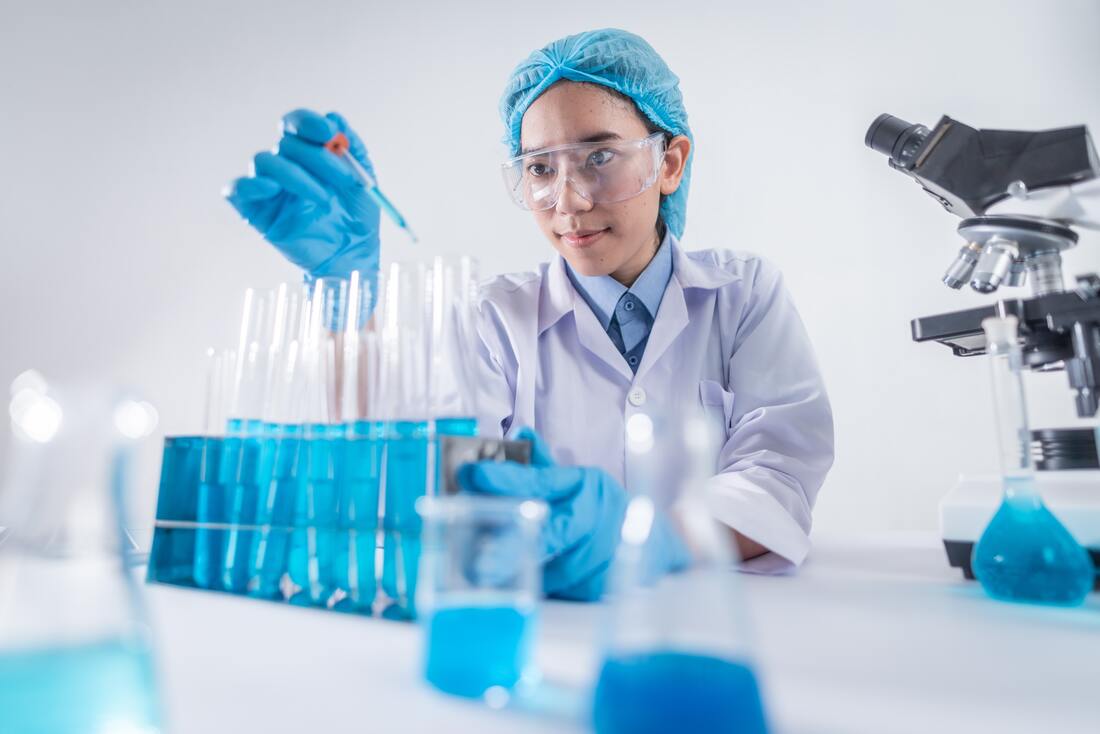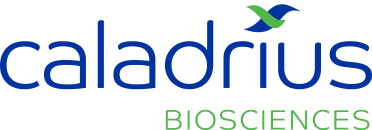While individual rare diseases impact small populations, there are a total of more than 7,000 rare diseases impacting the lives of over 30 million Americans, according to the Food and Drug Administration. As many as 300 million people around the world live with a rare disease. Examples include cystic fibrosis, hemophilia, and sickle cell.
Rare diseases are not inherently linked to one another, but they do share a few similarities. According to a 2019 paper from the European Journal of Human Genetics, an estimated 72 percent of rare diseases are genetic, while others may result from an infection or allergy.
Unfortunately, another similarity is that roughly 95 percent of rare diseases do not have a cure. However, recent decades have yielded improved awareness of rare diseases and sustained medical innovations as researchers work towards effective treatments. The US observed the first Rare Disease Day on February 28, 2008.










 RSS Feed
RSS Feed
